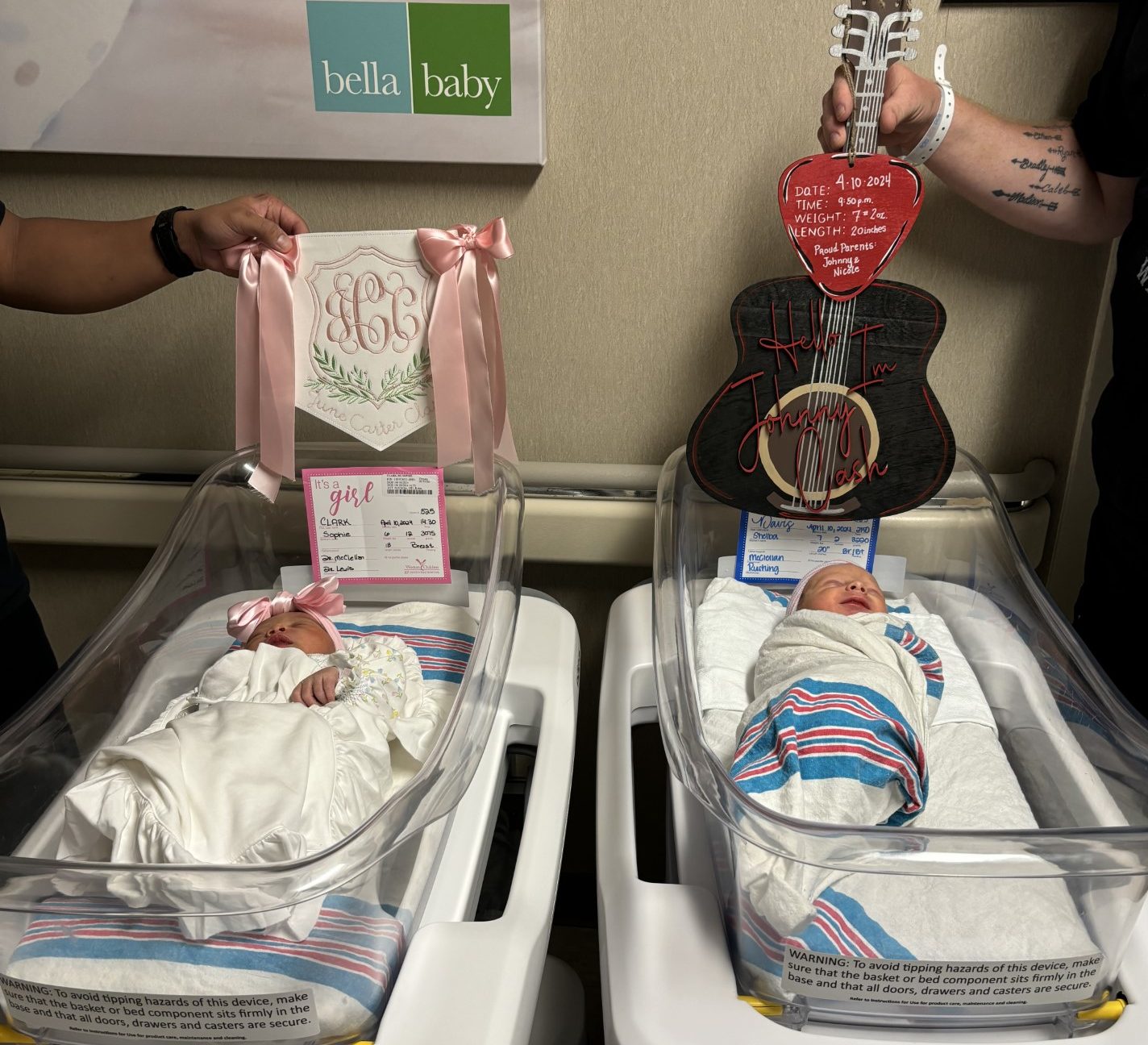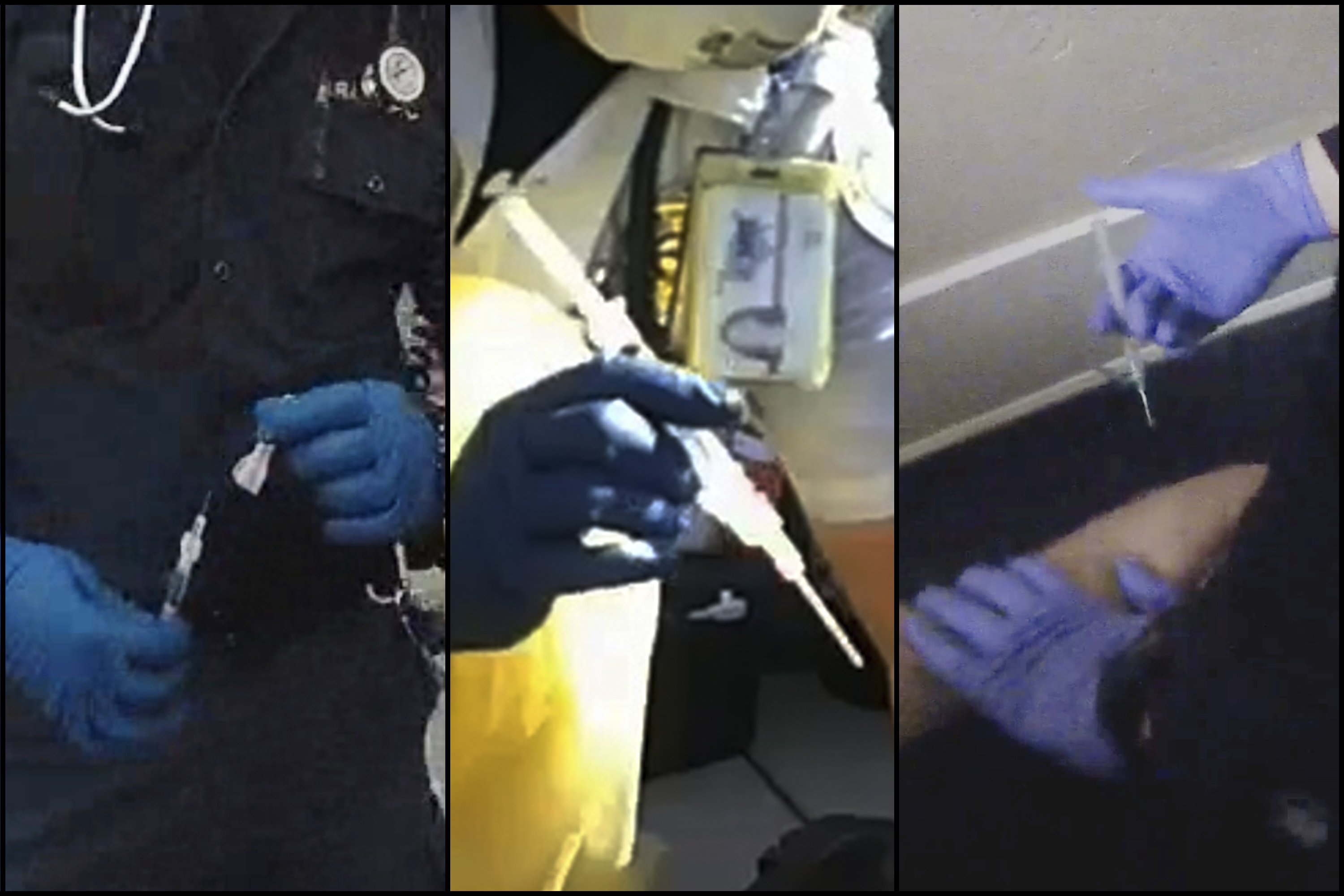In this city of innumerable tourist attractions, the clanging, hill-conquering cable cars stand out as a top draw.
The quaint conveyances also stand out for the inordinate number of accidents and the millions of dollars annually the city pays out to settle lawsuits for broken bones, severed feet and bad bruises caused when 19th-century technology runs headlong into 21st-century city traffic and congestion. Cable cars average about an accident a month and routinely rank among the most accident-prone mass transportation modes in the country per vehicle mile traveled annually, according to the U.S. Department of Transportation.
Over the last 10 years, city officials have reported 126 accidents injuring 151 people. After the latest serious accident when seven people were injured after a cable car slammed to an unexpected stop after hitting a small bolt in the track The Associated Press obtained through a public records request a listing of cable car-related legal settlements over the last three years.
Those figures show the city paying nearly $8 million to settle about four dozen legal claims. The city has paid on average $12 million annually to settle all claims connected to its mass transportation system that in addition to cable cars consists of electric street cars and buses, which travel many more miles and carry many more passengers.
City officials acknowledge that the open air cable cars, which ply only eight miles of track, produce a disproportionate amount of accident-related costs. But they say the cars are a much beloved and valuable part of the city's life and character. Their images are inscribed on the San Francisco Giants World Series rings.
The cars have been immortalized in song and in television ads selling rice. And tourists line up dozens deep even in freezing weather for a chance to ride over the city's Nob and Russian hills.
"The iconic cable cars of San Francisco are a National Historic Landmark and we work every day to make them safer,'' San Francisco Mayor Ed Lee said, adding, "While accidents and injuries are down from just a few years ago, we are always working to improve the system as a whole.'' Federal transportation figures show 19 injuries and 16 accidents last year, the second highest amount reported in the last 10 years.
U.S. & World
There were 36 accidents reported in 2004. Two months ago, five passengers and two workers were injured after the bolt caused their cable car to slam to a sudden stop, tossing them violently inside the vehicle.
The conductor had facial and tongue injuries and the driver suffered internal injuries and cracked ribs, transit officials said. Legal claims are expected, as they always are after a cable car accident.
The city has been settling lawsuits almost since the cable cars began operation in 1893. One woman won a 1970 jury verdict of $50,000 after she claimed that a minor accident on a cable car she was riding turned her into a nymphomaniac.
"The 19th Century technology of the cable cars does pose some challenges,'' said Paul Rose, a spokesman for the city agency that oversees San Francisco mass transit. "While one accident is too many and we're always working to improve safety, these incidents are rare.''
San Francisco remains the only place on the planet with a true, manually operated cable-car system serving the public.
First introduced in the late 1800s to save the strain on horses hauling carts up the city's steep inclines, the 15,500-pound cable-powered cars grip a continuously moving underground cable with pliers-like gear to travel the streets of San Francisco.
They are a San Francisco icon vital to the city's booming tourism industry. A survey commissioned by the San Francisco Visitors and Conventions Bureau found the top four tourist activities in the city were dining, shopping, visiting museum and riding the cable cars. An estimated 7 million ride the cable cars annually, the vast majority tourists.
The biggest single payout over the last three years went to John Gainor, who received $3 million in November 2011 because his foot had to be amputated after it got caught between the cable car he was standing on and a parked vehicle. Another $4 million went to the four victims of a runaway cable car that sped down a notoriously steep San Francisco hill before leaving the tracks and careening onto the sidewalk.
The brakeman fell down outside the cable car as he was pushing it and couldn't get back aboard. A tourist from Texas suffered a broken femur and three others were seriously injured. Linda Cvilikas, who tore tendons in her knee when a cable car she was riding came to a sudden halt on Nob Hill in 2011, said: "One minute I was standing and the next minute I was on top of my husband and a really large gentleman fell on top of me.
"That thing stopped and we all fell like dominoes,'' she said. The city paid Cvilikas $16,000 and her husband John another $2,500 to settle the Nebraska couple's legal claims. "It's safe to say that I won't be riding the cable cars again if I return to San Francisco,'' she said.



